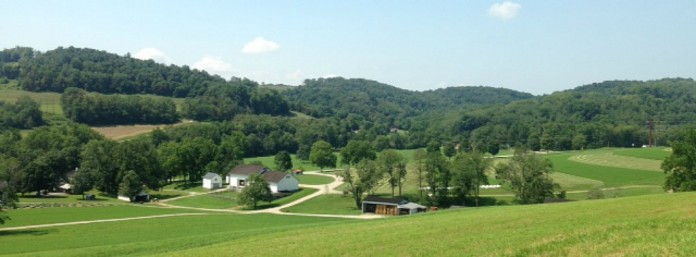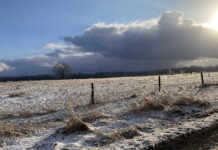Planning is crucial in many aspects of your life. You can plan your meals for the week, your budget for the month, or maybe for the conservation of the land you own, farm, or maybe just manage. A conservation plan is a tool to help you better manage the natural resources on your land.
A trained conservationist will meet with you to evaluate the soil, water, air, plant and animal resources on your property and offer several alternatives to address the resource conditions. The alternatives you decide to use are recorded in your conservation plan which includes a schedule for installation.
Conservation plans can address a variety of issues from soil erosion and compaction, to lack of wildlife habitat and livestock watering facilities.
Things to include
With the changes in weather over the past few years, along with the increased scrutiny that farmers in Ohio are receiving over nutrient and sediment loss, it is more important than ever to have a plan with conservation strategies identified.
Your conservation plan should include aerial photographs and maps of your fields, a list of management decisions, location and schedule of application of new conservation practices, soils maps, information sheets, and operation and maintenance guides for practices.
Benefits
When your conservation plan is written and you and the conservation planner approve of it, a copy will be given to you. Another confidential copy will be kept at the SWCD office as a record.
Following your conservation plan has many benefits:
- You will protect your soil and your farm’s productivity.
- You will help improve the quality of the water in your area.
- You will improve your soil’s fertility and manage soil moisture.
- You may attract desirable wildlife by creating nesting sites and winter cover.
- You will protect the productive value of your land for future generations.
- You can more readily comply with environmental regulatory requirements.
Help from planners
One thing to remember is that you make the decisions. The conservation planner you are working with will show you many alternatives and economic comparisons, but ultimately you decide what action to take.
They will be able to help you calculate soil loss per year and compare the tonnage of forage necessary for your herd to how much forage you will have with your current management system.
Plans can be written for different types of land use as well. Whether you have crop ground, pasture, wildlife habitat, or forestry a plan can be written to help you manage the natural resources for your benefit.
Working with a conservation planner helps you understand the long-term impacts of your decisions. Maybe you have an old conservation plan but have noticed some new gullies in your fields or maybe you want to start rotational grazing. It may be a good time to update your conservation plan.
Having a conservation plan does not force you into the implementation of any practices. We understand markets, weather, family, and many other things affect your priorities, but having a plan to follow to conserve the resources on your farm is a great starting point.
It’s important to remember that state and federal cost-share programs are available to ease the financial burden of implementation. To develop or update your conservation plan visit your local soil and water conservation district and have a conservation plan written free of charge.













